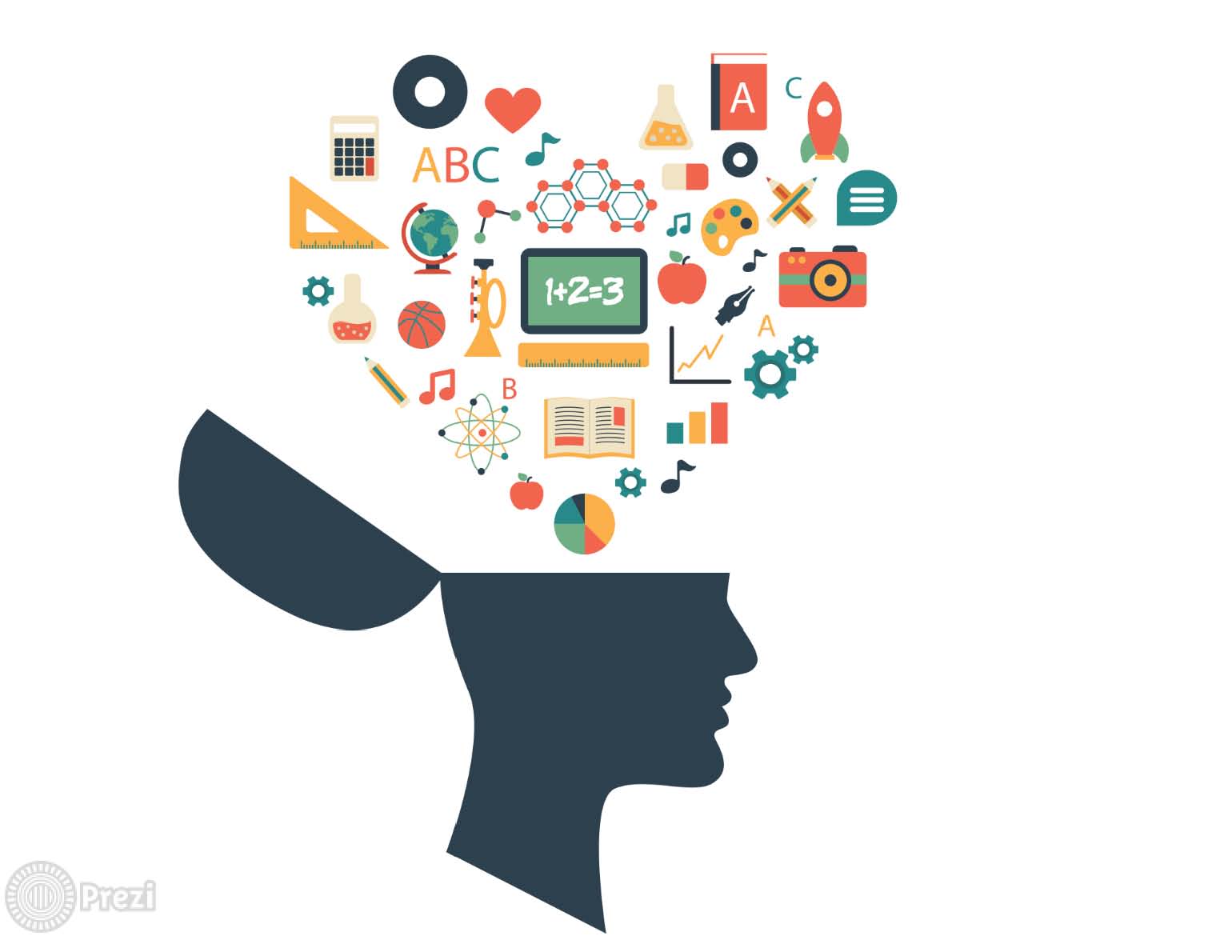
One of the greatest rewards in helping clients create unique strategies to achieve their philanthropic goals is that we get to go deeper in exploring cutting-edge practices and opportunities across diverse issues. So when Grantmakers for Education was planning its October 2019 conference around Supporting Students in Overcoming Adversity: Agency, Justice, Equity, we jumped at the chance to share some of our recent work with TPI clients in a session entitled Technology and the Brain: Empowering Students with Learning Differences. The session addressed ways in which new neuroscience research and technological innovations are changing teaching methods, engaging students and families in new ways, and opening up possibilities for significant systems change, with a crucial role for philanthropy.
First, a quiz for you:
What percentage of the U.S. student population (ages 3-21) do you think have learning differences – meaning they learn differently and need specialized support to succeed?
As it turns out, the number of students conservatively estimated to have learning differences is at least 20% – one out of every five. Some estimates are much higher. According to the Children’s Health Council, most of these students have average to above average intelligence – they simply learn differently than others. Yet many of these students do not receive the types of specialized support that could transform their experience in our current education system.
TPI recently conducted a landscape scan for a client with an interest in neuroscience research on learning differences. This research pointed to several key trends, including:
- Increasing interest among funders and educators in creating solutions for all types of learners, and in moving away from focusing on specific disorders and disabilities;
- The emergence of education models backed by neuroscience research that focus on flexible and accessible learning that can help all children – and especially those with learning and attention issues; and
- The recognition that education technology has great potential to help children with learning differences, and that it is likely to be most effective when partnered with supportive services, policies, and coordination across education, technology, and medical fields.
At the Grantmakers for Education conference earlier this fall, we brought funders into the room with leaders of two organizations on the front lines: Vic Vuchic, Chief Innovation Officer at Digital Promise and E.D. of the Learner Variability Project; and David Flink, Founder and Chief Empowerment Officer at Eye to Eye. David and Vic are focusing on different yet equally crucial parts of this learning difference ecosystem. Vic’s work focuses on research, translation, and implementation of educational innovations. David’s work, on the other hand, centers on the importance of voice and empathy, and on giving visibility and support to those experiencing learning difference.
New neuroscience research is reshaping our ideas of what the brain can do, and how differences influence learning. Researchers like those at brainLENS (the UCSF Hoeft Development Cognitive Neuroscience Laboratory) are tracking not just what students learn, but how their brains go through the learning process. They measure dozens of factors within categories like language and literacy, social and emotional learning, student background and cognition that toggle higher or lower within each student for a personalized profile. In turn, new technology applications can help families, caregivers, and teachers understand an individual’s strengths and weaknesses, and respond with personalized strategies.
Given these rapid neuroscience and technology-related developments, what are the highest and best uses of philanthropy? Funders can play a number of important roles to support those with learning differences. They can invest in cutting-edge neuroscience researchers and their solutions, build systems of support around those with learning differences, and provide capital to scale successful education models. They can also heighten collaboration among key players, helping children overcome limitations in current education models and societal norms. And funders can help to change the narrative around learning differences, promoting a holistic viewpoint and approach that encompasses each student’s unique needs.
When partnerships among funders, researchers, and practitioners around these issues flourish, we move closer to reframing learning differences as assets, embracing differences as individual strengths, and unlocking the potential of each student. Among funders, one exemplar is the Oak Foundation’s Learning Differences Programme, whose vision we find inspiring: “Together we can build a world in which schools unlock the creativity and power of every young person and equip each one to shape more just and equitable communities.”
Interested in using your philanthropy to build such a world? If so, please reach out to me (lpine@tpi.org) to explore what you can do.


